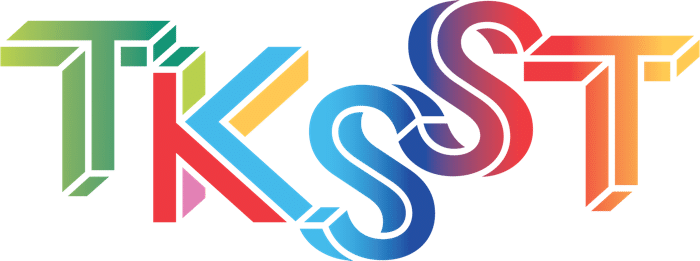With large white wing feathers from swans and darker wing feathers from Canada geese, professional calligrapher Patricia Lovett can make quill pens like the ones that were used from around the 6th to the 19th centuries.
“We need large birds because we make pens from the barrels and they need to be of a reasonable size to be able to cut a pen nib shape into it.”
She demonstrates in the British Library video above.

And it just takes a few cuts with a small, sharp knife. Lovett trims both ends of the feather, removes excess materials from inside and out, and then creates a scoop cut, two shoulder cuts, and another trim of the end.
Finally, an incision is made up the center of the tip so that ink can be carried to the paper.

In the video below, calligrapher, bookbinder, and book historian Nicky Yeager demonstrates how to sharpen a quill pen. See how a sharpened quill doesn’t flood the paper with ink as much, making more consistent and clean letters while writing.

Watch these pen, feather, ink, and calligraphy videos next:
• Sketchbook: Medieval blackletter calligraphy
• The Writer, a drawing machine automaton by Pierre Jaquet-Droz
• Andrew Fox’s Calligraphy Animals Animated
• Imping an injured owl’s wing to make it stronger
• Museum of Obsolete Objects: The Quill, The Cassette Tape, and more
Plus: Why does water roll off a duck’s back?
Curated, kid-friendly, independently-published. Support this mission by becoming a sustaining member today.

